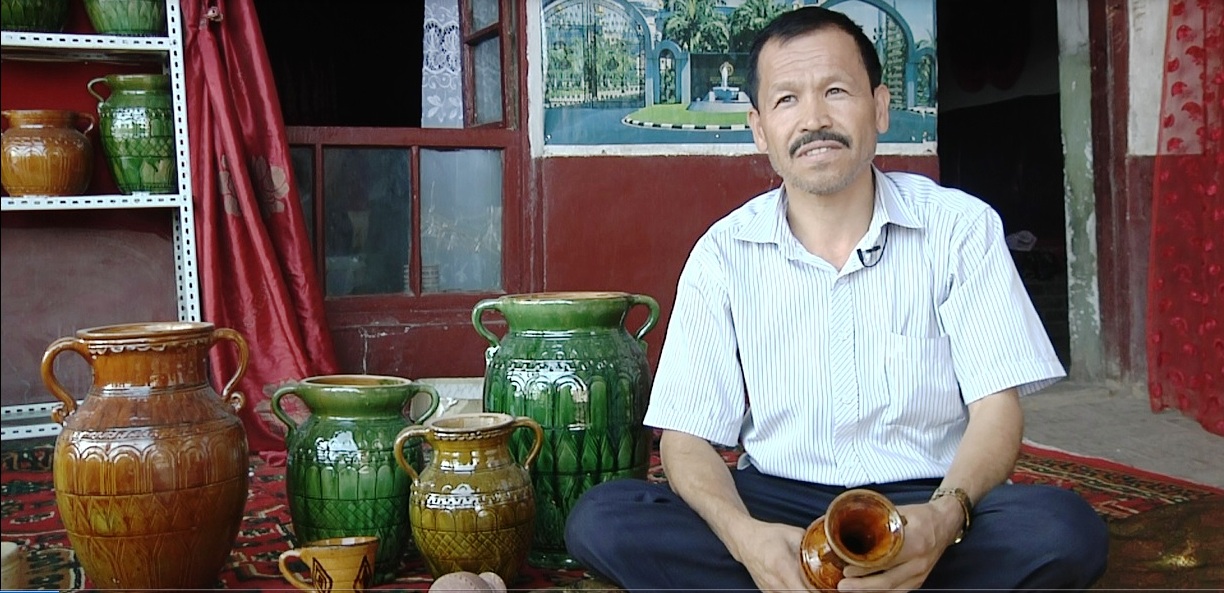The expedition from Kazakhstan Following Shoqan Walikhanov’s Caravan Route has compared the old and the new faces of the ancient city Kashgar in China.
Today, Kashgar is a big modern city with skyscrapers, shops, cafes, hotels and other "attributes" of a well-developing metropolis. Unfortunately, the old Kashgar as described by Shoqan Walikhanov, can now be found only as a collection of several architectural objects and a small district in the old city.
In this district one can find houses that were built anywhere between 200 year ago and in places as far back as 500 years ago. The expedition members walked the ancient winding streets in the historical part of the city, talked to the locals and imagined how Shoqan Walikhanov felt about the city and what he thought when he lived there.
23-year-old Shoqan, disguised as a merchant named Alimbai, arrived in the ancient Kashgar on October 1, 1858. He moved in with his supposed relatives and began studying the region. For five months the Kazakh scientist immersed himself in learning the local way of life, culture and customs. He visited the architectural monuments in the city and the surrounding areas, which the locals call Altyshaar, or “a country of the six cities”.
Walikhanov wrote: "The city is surrounded by a clay wall six fathoms tall (about 12 meters), which tapers upwards and has a width: at the base of about 10 arshins (about seven meters) and at the top up to 5 arshin (about 3.5 m); the circumference of the wall is about 12 versts (about 13 kilometers) and is armed with six towers."
Today, this clay wall of the old city is badly damaged in places. Its current height is about seven to eight meters, while the width is about three meters.
"We, the members of the expedition, were zealous of each object and tried to find at least some artifacts that could be directly linked to Shoqan Walikhanov. We wanted to say with certainty: Shoqan Walikhanov had been here and had seen this object. So, in the modern city we found a piece of the clay wall described by the Kazakh scientist," Dzhaliya Dzhaydakpaeva, a Master student at the Nazarbayev University, said.
Walikhanov wrote that Kashgar had 16 thousand homes. The town itself is situated between the rivers Kyzylsu and Tuman. The expedition members confirmed that Tumen runs to this day. In the past, based on the account of the Kazakh scholar, the water in the river was very clear. Now, it is dark and muddy.
"What was the city like in the days of Shoqan Walikhanov? The old Kashgar – is a city of two thousand years, unfortunately, now for the most part lost, ruined in the past. Only a small part of the old city has been preserved. At the time of Shoqan, the city was in its prime. Its narrow winding streets were inhabited mostly by craftsmen. It had one-story, sometimes two or even three-story houses. Life in the old Kashgar was boiling: artisans worked and merchants traded. The scientist [Shoqan] attended various workshops, where jewellery and valuables were sold, as well as artworks made of wood, bone, gourd. Certainly, the researcher visited pot makers. He watched them make pots,” the head of the expedition Smaylzhan Iminov said.
The Kazakhstanis were able to visit a pottery, perhaps the one where the Kazakh traveler stopped by 150 years ago.

"My ancestors lived in this house for 600 years and, maybe, longer. I cannot say with certainty. Pottery is the most ancient art, even the prehistoric man had to eat from something. My father taught me this craft,” the artisan named Anwar Ali told. “I love my work. And I do not wish for anything else. This craft brings me joy and money too. The way I raise my children is so that they continue the tradition of our family and become potters."
Reporting by Vladimir Prokopenko, writing by Dinara Urazova



